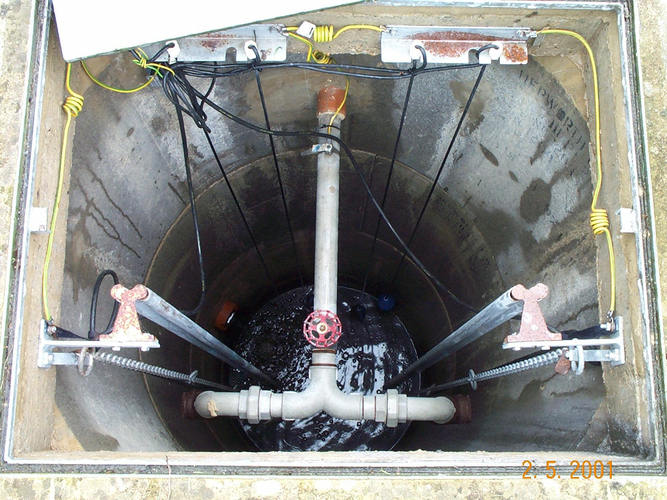Landsat is a a joint program between the U.S. Geological Service (USGS) and the National Aeronautics and Space Administration (NASA).
In this program, satellites orbit around Earth and take photos of Earth's surface.
The photos taken from the satellites are not the type of photos you would take with a typical smartphone. Instead, these images can show the energy that is both reflected and emitted from Earth in many different wavelengths, including blue, green, red, near-infrared, midinfrared, and thermal-infrared light.
For a look at energy wavelengths click here.
To distinguish forests from other land types (e.g., grasslands, water, etc.), one can look at a combination of different wavelengths in the Landsat data. For instance, looking at a combination of the red, near-infrared, and shortwave infrared wavelengths helps identify forests. Our eyes are similar to a satellite sensor, except we only see in the visible wavelengths, namely red, green, and blue. Forests, to our eyes, appear dark green, meaning low blue and red reflectance and brighter green reflectance. By using remote sensing technology, we can improve our identification of forest extent and change by adding other wavelengths of reflected and emitted energy not visible to the naked eye.
Find out more about how the different wavelengths can help identify different features, here.
You can view some Landsat photos here.
Be sure to check out the photos of deforestation in Bolivia, which is particularly relevant to this study!
Also check out this Landsat image video.
Landsat images are online and available to the public. You can find data here.











